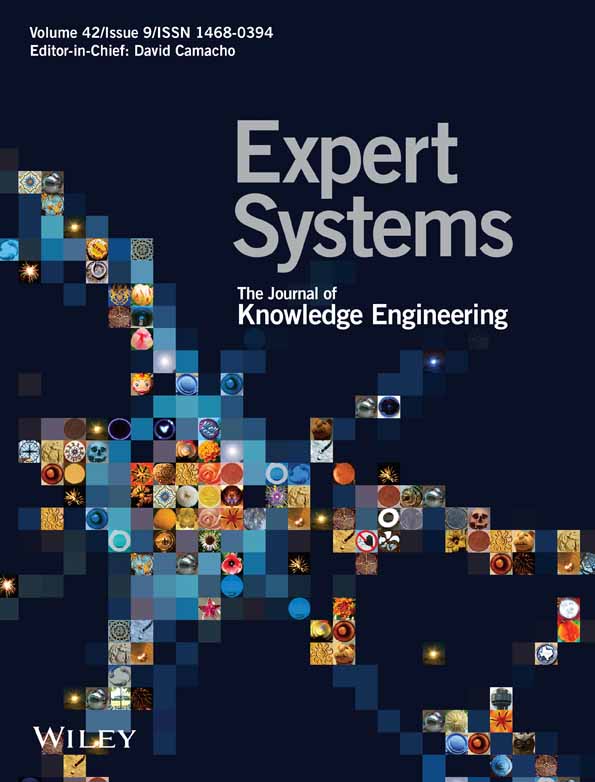A genetic tango attack against the David–Prasad RFID ultra-lightweight authentication protocol
Abstract
Radio frequency identification (RFID) is a powerful technology that enables wireless information storage and control in an economical way. These properties have generated a wide range of applications in different areas. Due to economic and technological constrains, RFID devices are seriously limited, having small or even tiny computational capabilities. This issue is particularly challenging from the security point of view. Security protocols in RFID environments have to deal with strong computational limitations, and classical protocols cannot be used in this context. There have been several attempts to overcome these limitations in the form of new lightweight security protocols designed to be used in very constrained (sometimes called ultra-lightweight) RFID environments. One of these proposals is the David–Prasad ultra-lightweight authentication protocol. This protocol was successfully attacked using a cryptanalysis technique named Tango attack. The capacity of the attack depends on a set of boolean approximations. In this paper, we present an enhanced version of the Tango attack, named Genetic Tango attack, that uses Genetic Programming to design those approximations, easing the generation of automatic cryptanalysis and improving its power compared to a manually designed attack. Experimental results are given to illustrate the effectiveness of this new attack.




